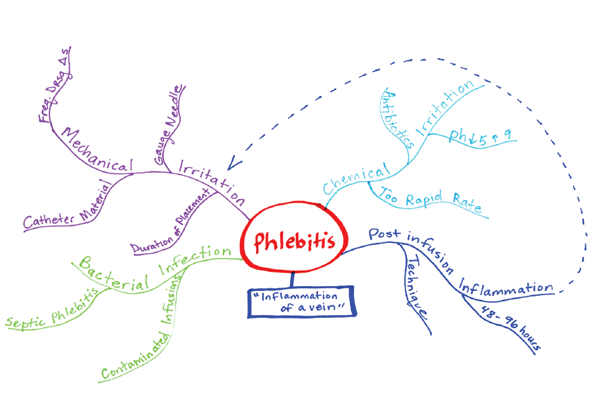Getting the Most Out of Your IV Therapy Flash Cards
You're on your way to mastering IV therapy vocabulary! Using these flash cards will develop your ability to focus and achieve deep memory learning. They will help you not only learn the terminology, but they will help you relate those terms to the nursing content you are studying. It is important to make a connection between the term, its meaning, and how it functions in the language of nursing. So I designed the flash cards to allow you to see the word, read the word (out loud is best), use the word, and associate the word with other related concepts.
This set of flash cards is unique because it gives you opportunities to actively associate each word or phrase with your studies. Here are some strategies I recommend to get the most out of the time you spend with the cards. But these are not the only ways they can be used; see if you can think of others that better suit your learning style.
- Write the word on a separate piece of paper and recite the word out loud.
- Work with a partner, take turns saying words out loud to each other, and recite their definitions. Check your achievement by turning over the cards to see if you provided the correct definitions.
- Draw a picture of the word on a separate piece of paper if you are having trouble remembering it. This is called concept mapping—an example is on the back of this card.
DavisPlus Web Site: On the DavisPlus Web site  , you will find additional terms and definitions. Visit http://davisplus.fadavis.com to access this content.
, you will find additional terms and definitions. Visit http://davisplus.fadavis.com to access this content.
Concept mapping is a thinking tool that reflects externally what is going on in your brain. Each map is unique to the student creating the map. The steps are simple and can be used for any nursing content.
- Write the word on a blank piece of paper.
- Create stems off the word using different colors, and curve the stems leading from the central word.
Note: The brain connects better with free flowing curves rather than straight lines. - Write words on the stems that connect ideas to the center word. (Narrow-tip colored marking pens work great.)
- Write one word on each stem and make the stem the length of the word.
- Draw smaller branches coming off each large stem, again the length of the word you are going to write, and only one word per branch.
- Draw pictures if you wish, adding them next to the appropriate stem. Search for images online or create your own drawings. The brain connects to the word or term through pictures.
Lynn Phillips

